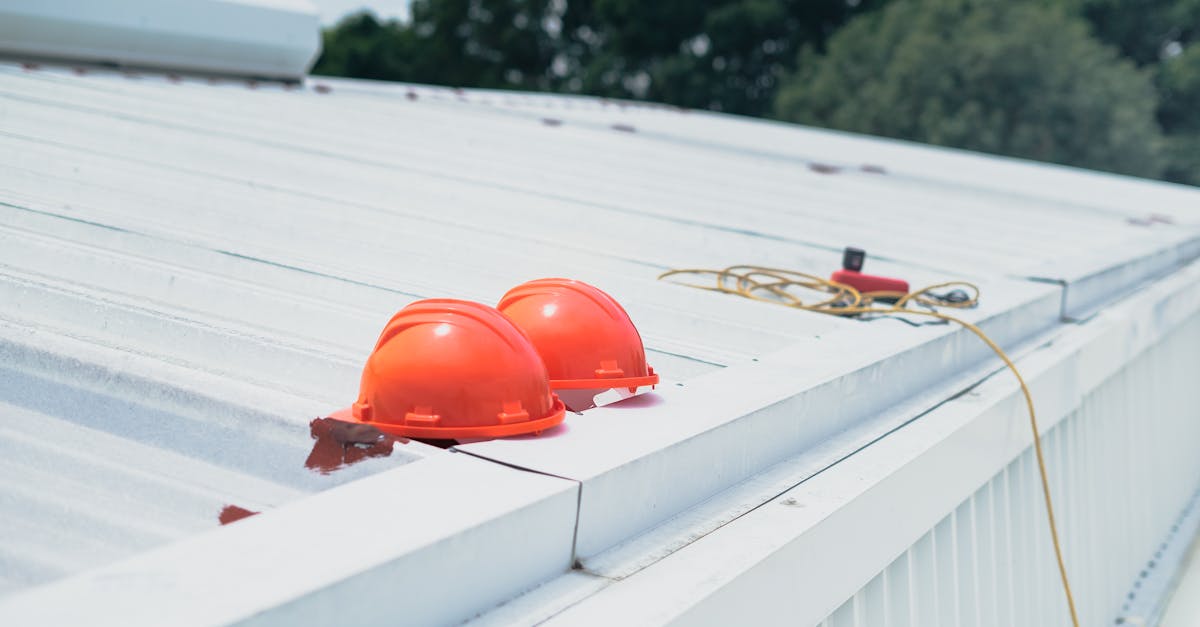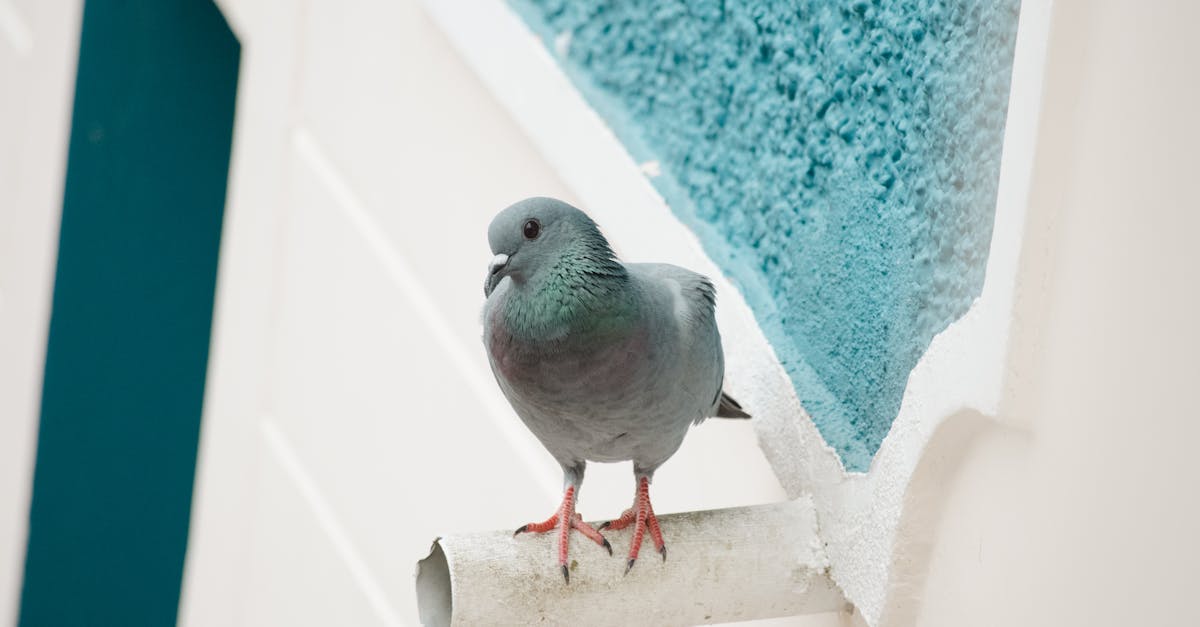
Sealing and Testing the Guttering
To ensure the integrity of your guttering system, proper sealing is essential. Begin by inspecting the seams and joints for any signs of wear or gaps where leaks may occur. Apply a generous amount of gutter sealant to these areas using a caulking gun, making sure to create a tight seal that prevents water from seeping through. Once the sealant has been applied, give it ample time to dry completely before testing the guttering system for any remaining leaks or weak points.
Gutter repair in a proactive manner involves thorough testing of the system after sealing. With a garden hose, simulate rainfall by running water through the gutters and downspouts. This step allows you to identify any lingering leaks or areas that may require additional attention. Additionally, check for proper water flow by observing how efficiently the water moves through the system and exits through the downspouts. Conducting these tests periodically can help you catch potential issues before they escalate into more significant problems.
Checking for Leaks and Proper Water Flow
Checking for leaks and ensuring proper water flow are crucial steps in maintaining your guttering system. Start by inspecting the entire length of the gutter for any visible leaks or holes. Use a garden hose to run water through the gutter and observe how it flows. If there are any leaks, mark their location for repair. Gutter repair in these areas can involve applying a waterproof sealant or patching material to fix the leaks effectively.
Additionally, make sure that your gutter is not obstructed by debris or clogged with leaves and branches. Proper water flow is essential for preventing water damage to your home's foundation and roof. Gutter repair in cases of clogs may involve removing the debris manually or using a gutter cleaning tool to clear the blockage. Regularly checking for leaks and maintaining proper water flow will help extend the lifespan of your guttering system and protect your home from potential water-related damage.
Maintaining Your Guttering System
Gutter maintenance is essential in ensuring the longevity and effectiveness of your guttering system. Regular inspections are key to detecting any issues early on before they escalate into larger, more costly problems. Cleaning your gutters at least twice a year can prevent clogs and allow water to flow freely. Some homeowners opt to perform this task themselves, while others choose to hire professionals. Gutter repair in urban areas can be particularly crucial due to the higher likelihood of debris accumulation from nearby trees and buildings.
Additionally, keeping an eye out for loose fasteners or damaged sections can help maintain the structural integrity of your guttering system. By promptly addressing these issues, you can prevent rainwater from leaking onto your property and causing potential water damage. Investing time and effort into the upkeep of your gutters can save you from costly repairs down the line. Regular maintenance is a simple yet effective way to ensure that your guttering system functions as intended and protects your home from water-related issues.
Tips for Regular Upkeep and Preventative Maintenance
Regular upkeep and preventative maintenance are crucial when it comes to extending the lifespan of your guttering system. To ensure that your gutters remain in optimal condition, it is advisable to schedule routine inspections and cleanings. Gutter repair in the form of replacing damaged sections or resealing joints should be completed promptly to prevent further deterioration and potential leaks.
Besides periodic checks, keeping an eye on the surrounding landscape can also aid in maintaining your gutters. Trim any overhanging branches and clear debris from the roof to prevent clogs and blockages. Additionally, ensuring that the downspouts are free from obstructions and redirecting water away from the foundation of your home are essential steps in preventing water damage. Regular maintenance not only enhances the functionality of your guttering system but can also save you from costly repairs in the long run.
Troubleshooting Common Guttering Problems
When facing issues with your guttering system, it's important to address them promptly to avoid potential damage to your home. Gutter Repair in the form of fixing common problems like clogs, sagging, or improper water flow can help maintain the functionality of your gutters. Start by inspecting the gutter system for any visible clogs caused by leaves, dirt, or debris.
Should you notice your gutters sagging or pulling away from the roofline, it may be necessary to re-secure them using appropriate fasteners or hangers. Properly installed gutters facilitate the efficient flow of rainwater away from your home, preventing water damage to the roof, siding, and foundation. Regularly inspecting and repairing these issues can help prolong the life of your guttering system and protect your property from potential water-related damage.
Addressing Clogs, Sagging, and Other Issues
Gutter repair in cases of clogs, sagging, or other issues is essential to maintain the integrity and functionality of your guttering system. When addressing clogs, start by removing any debris or blockages from the gutters and downspouts. Use a small trowel or scoop to clear out leaves, dirt, and other materials that could be impeding the flow of water. Check the downspouts for clogs as well, ensuring that water can easily drain away from the roof.
If your gutters are sagging, the first step is to identify the cause of the issue. In many cases, sagging gutters are a result of loose or damaged hangers or brackets. Inspect the hangers and brackets along the length of the guttering system, tightening any loose screws and replacing any damaged parts as needed. Once the hangers are secure, reposition the gutter so that it is properly sloped towards the downspout to ensure optimal water flow. Regular maintenance and prompt attention to clogs, sagging, and other issues will help prolong the lifespan of your guttering system and protect your home from water damage.
FAQS
Can I fix my own guttering?
Yes, you can fix your own guttering if you have the right tools and knowledge.
What tools do I need to fix my guttering?
You may need a ladder, gloves, sealant, screws, a screwdriver, a level, and possibly a hose for testing.
How do I know if my guttering needs fixing?
Look for signs of leaks, clogs, improper water flow, or sagging gutter sections to determine if your guttering needs attention.
What is the best way to maintain my guttering system?
Regularly clean and inspect your gutters, ensure proper water flow, and address any issues promptly to maintain your guttering system.
Are there any preventative maintenance tips for guttering?
Keep your gutters clean, trim overhanging branches, check for proper drainage, and consider installing gutter guards for added protection.
How do I troubleshoot common guttering problems?
Address clogs by removing debris, fix sagging sections by adjusting hangers, and seal leaks with silicone caulk or gutter sealant.
Can I test my guttering for leaks after fixing?
Yes, you can test your guttering by pouring water into them and checking for any leaks or issues with water flow.
When should I consider hiring a professional for guttering repairs?
If you are unsure of how to fix the issue, if the problem is extensive, or if you are uncomfortable working at heights, it may be best to hire a professional for guttering repairs.


